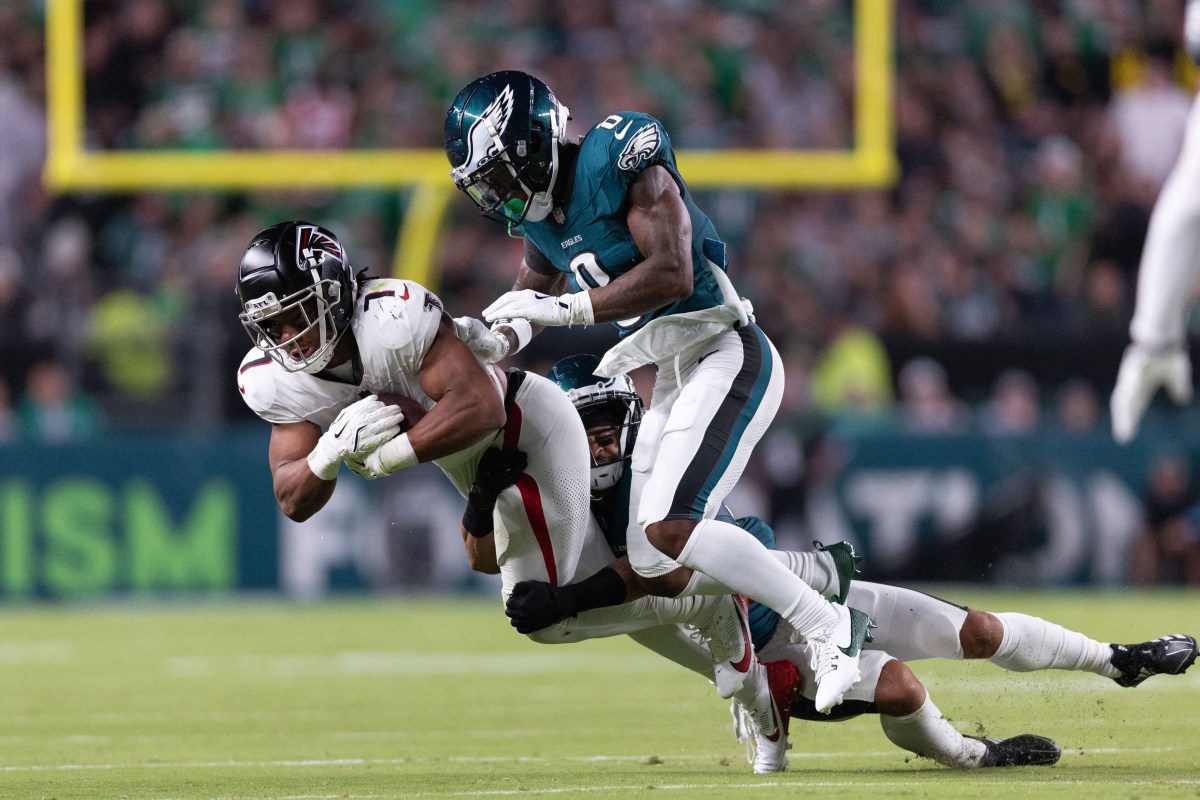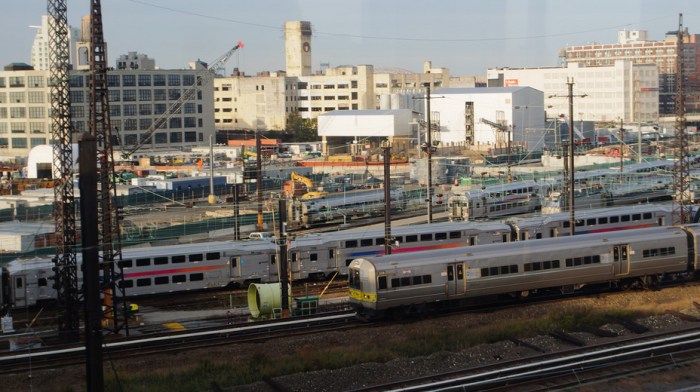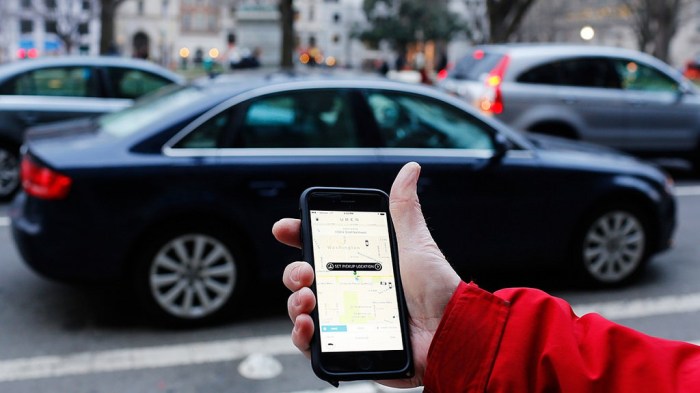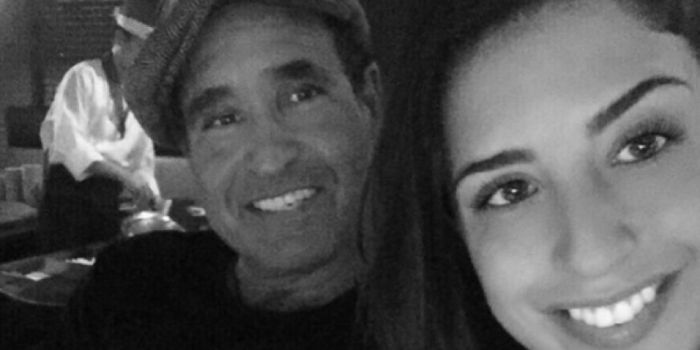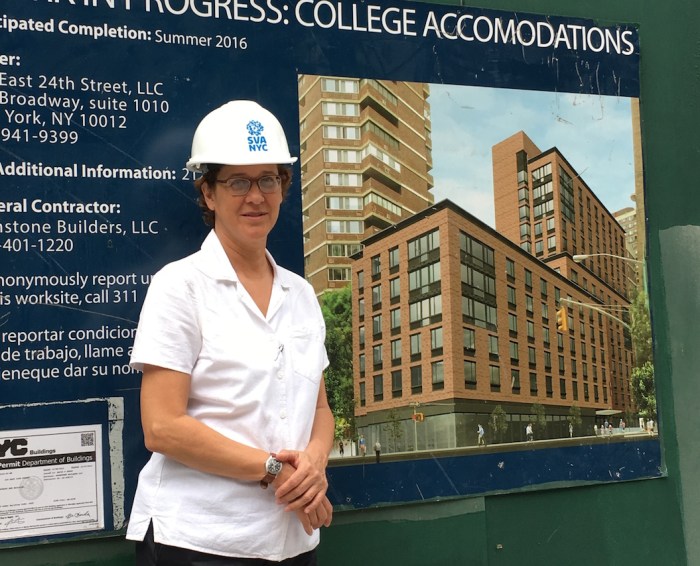Gowanus doesn’t welcome bargain hunters anymore, it seems.
The up-and-coming Brooklyn neighborhood, where the local canal remains a superfund site, has rocketed to spot 14 of the city’s 50 most expensive neighborhoods, according toProperty Shark’s final quarterly report for 2016. At this year’s end, the median sales price of homes in Gowanus rose by 68 percent — the largest gain of any area on the list.
Tribeca is still the mecca of New York’s most moneyed homebuyers.
The celebrity-packed (Taylor Swift, Jon Stewart) Tribeca showed consistent growth this year, surpassing the median sales price of $4 million in this year’s final quarter, the report states. Not too far away is Soho, also holding its position in second place, with a median sales price of $3.5 million. “Twenty years ago I did a research study on why Tribeca and Soho are always at the top of the list,” real estate consultant Jonathan Miller told Metro, explaining that it’s the uniformity in large sizes of the apartments that consistently fetch high prices. “Unlike the Upper East Side, where you can have a 250-square-foot tenement walk-up, and a 7,500-square-foot prewar on the same block, the property types are largely fixed,” Miller said. “There’s pretty much three sizes, small, medium and large, because there are only so many ways you can cut up a loft building.” RELATED: New York’s most expensive neighborhoods in Q3 The quarter-to-quarter report can spot dramatic changes: Some neighborhoods hung tight to their positions in the top ten, while others made quantum leaps in in the third quarter. For instance, Noho, which had ranked a lofty third place in the previous quarter, didn’t even make it to the top 50 on this list. “The reason for the change from the last analysis were a lot of high end new development closings, so that wave of closings has passed,” Miller said.
RELATED: Gowanusneighborhood guide DUMBO, one of only two non-Manhattan neighborhoods in the top ten, dropped only one spot, from fourth to fifth place, as realtors indicated that sales for the luxury development at 1 John Street that had sold 30 units at no less than $2.2 million, had fewer units to sell this round. Forest Hills Gardens, the upscale Queens suburb, is other outer borough neighborhood that landed in the top ten, moving up one spot from last quarter to tenth on the list. President-elect Donald Trump’s boyhood haunts, “dotted with Tudor-style homes came in 10th with a 37 percent increase in median home prices year-over-year,” Property Shark noted. The median sales hit $1.25M, and 29 properties sold in 2016. Another big factor in the surprising shifts is the changing transportation landscape: Hudson Yards 7 service extension, the W train, the Second Avenue subway all impact developer plans and buyer’s interest. New York City’s exploding population growth is not only pushing people to outer boroughs, but crowding people off the subway, mainstay of city transit. “This has been the year of transportation and residential development is reliant on access,” Miller said. “The subway system is at capacity and there’s a lot of pressure on the MTA to stay ahead of service breakdowns. “Everyone has been carefully vetting the L train implications. And the glacial pace of the Second Avenue Subway, it’s hard to believe it’s coming to an end, has all sorts of implications for the Upper East Side and extend values to the east of Second Avenue.”









